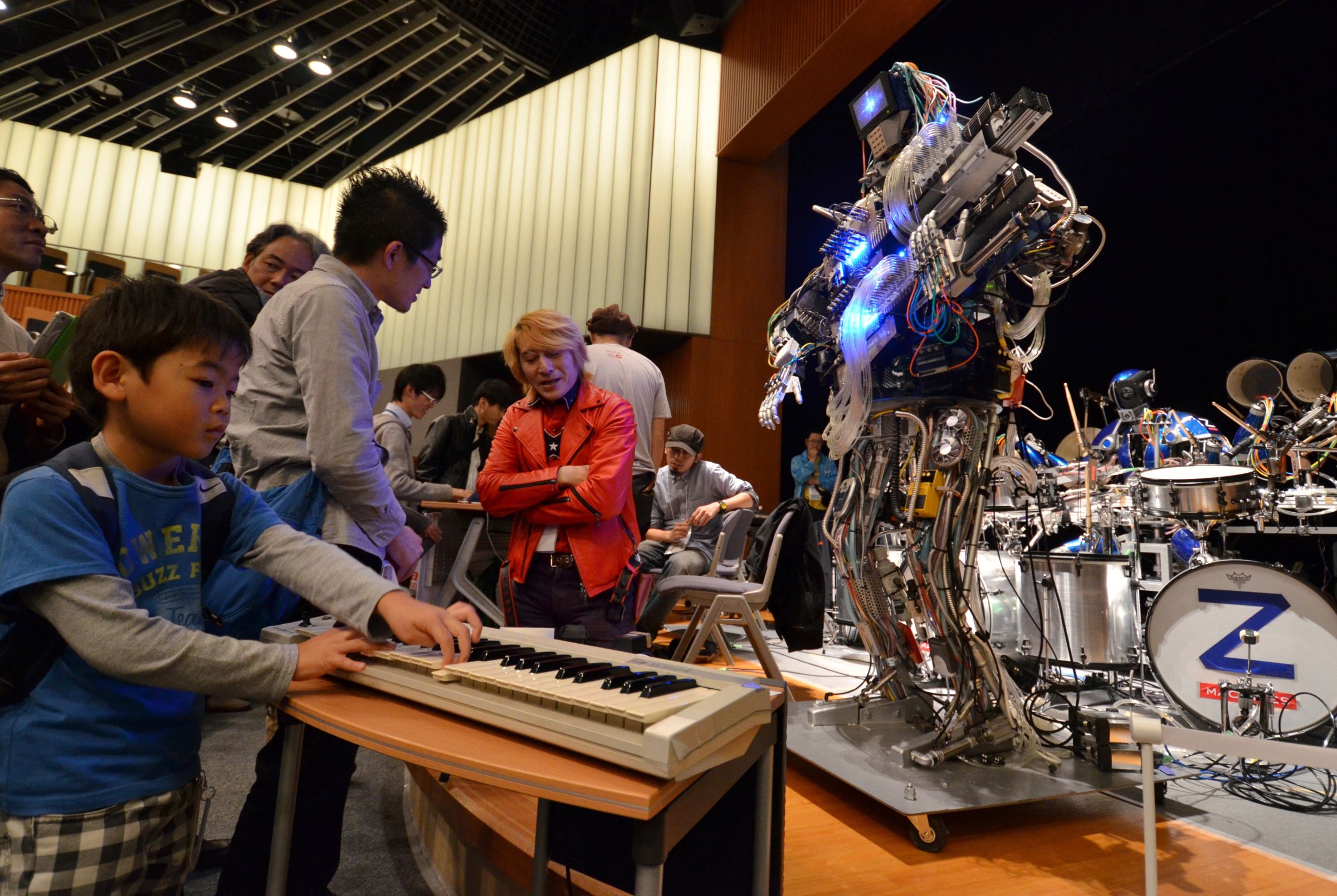
One of the truly bright lights in tech education is the Maker Faire. The granddaddy of the Maker Faires celebrated its tenth anniversary this weekend at the San Mateo, California Events Center, drawing around 150,000 kids and their parents who went to explore the world of making things.
The show itself has a strong STEM (Science, Technology, Engineering and Math) emphasis, and all types of tech-related projects were being showcased at the event. The founder of the Maker Faire, Dale Dougherty, says the goal of the show is to create a world of makers. In fact, the vision of the maker movement is to inspire people to become makers instead of just consumers of things. Maker Media, the folks behind the Maker Faire, sponsored more than 130 events all over the world in 2014. Its executives say they will sponsor more than 200 events this year, with the addition of Maker Faire’s school program, which means more events at high schools around the country.
While en route to the event, I spoke with Demaris Brooks-Immel and her son Sam, who were also on their way to the Maker Faire. She told me that Sam looks forward to the Maker Faire every year, and he asked that next year they spend two whole days at the show. Demaris said that her son is a tinkerer at heart, and his school in San Jose — Booksin Elementary — has a special Create and Innovate program that highlights various maker projects during the school year.
One of the first things you will notice when attending a Maker Faire is the awe in the eyes of the kids who attend as they excitedly go from one booth to another checking out the various projects or demos on hand. There were dozens of areas where kids could sit down and help with building robots, make motor driven cars or even learn how to solder inside a special tent where skilled adults introduced kids to using soldering tools for use in all types of electronics projects.
One of the sponsors of the show is Atmel, which makes micro controllers that populate most of the Arduino boards used in various maker projects. Arduino makes various electronics kits letting users build a wide array of electronic devices, such as mini robots, drones and other products. At the Atmel booth, I spoke with Amtel Senior Manager Bob Martin and asked him why the company is so committed to the Maker Movement. He told me that once the Arduino community started using their micro controllers in their boards, he convinced top management to “put significant resources behind this movement and to support projects that will make life easier for people.”
Intel is another big sponsor of Maker Faire. Its CEO, Brian Krzanich, is a huge supporter of the Maker Faire, and Intel’s large booth had many hands-on demos and projects for kids to work with to learn more about the micro processors that have driven the tech revolution.
Another important group at the show was LittleBits Education. Its goal is to fuel students’ creativity; they have 6,000 educators, 1,500 schools and 375 universities in 70 countries helping kids develop design skills, creative confidence and technology fluency with LittleBits. Facebook and Google also had booths at the show, showing they too are committed to tech education.
While most of the kids at the event were boys, there were a lot of girls there as well, and the Maker Faire had kits designed for helping girls get interested in tech and making things. One company at the event was Roominate Toys, whose line of products are designed to get girls interested in all types of tech and design projects. I am also a big fan of the Golidblox line of products for girls and have bought many for my granddaughters in the past.
After last year’s Maker Faire, I wrote a piece for TIME on why the Maker Movement is important to America’s future. The Maker Faires’ goal of helping people become makers has driven a high interest and demand for these shows. But I also mentioned a concern I had about the lack of diversity I saw at the Faire. Like last year’s show, I saw very few African American or Hispanic families at this year’s event. This is still a concern, as I know the Maker Movement and Maker Faire is very inclusive and wants everyone to participate.
After my TIME column last year, the Maker Faire’s Dougherty called me and told me that the lack of a diverse representation at the Faire is a huge concern for him. In fact, he told me that he personally sponsors a summer camp for Hispanic girls in the Santa Rosa, California area where he lives. He and others in the movement have been pushing STEM programs and trying to get more local sponsorships in areas where kids of all backgrounds could connect with the Maker Movement.
Over the last year, the issue of diversity in tech has risen to the forefront thanks to people like Cheryl Sandberg, the COO of Facebook, and the Women in Tech Summits. And many African American and Hispanic leaders have come to Silicon Valley to speak with top leaders to make them more aware of the lack of diversity in tech companies.
I truly hope the world of tech becomes more inclusive. However, I think that it starts at the youth level, and things like the Maker Faire and the various STEM programs being employed in schools across the world needs to accelerate. Initiatives like them need stronger backing from corporations and educators who can help get more kids of all backgrounds interested in tech and equipped with the kind of skills that will be necessary to compete in the job markets of the future. Only then will the maker movement and the tech market in general really live up to their potential.
Top 10 Tech Product Designs of 2014

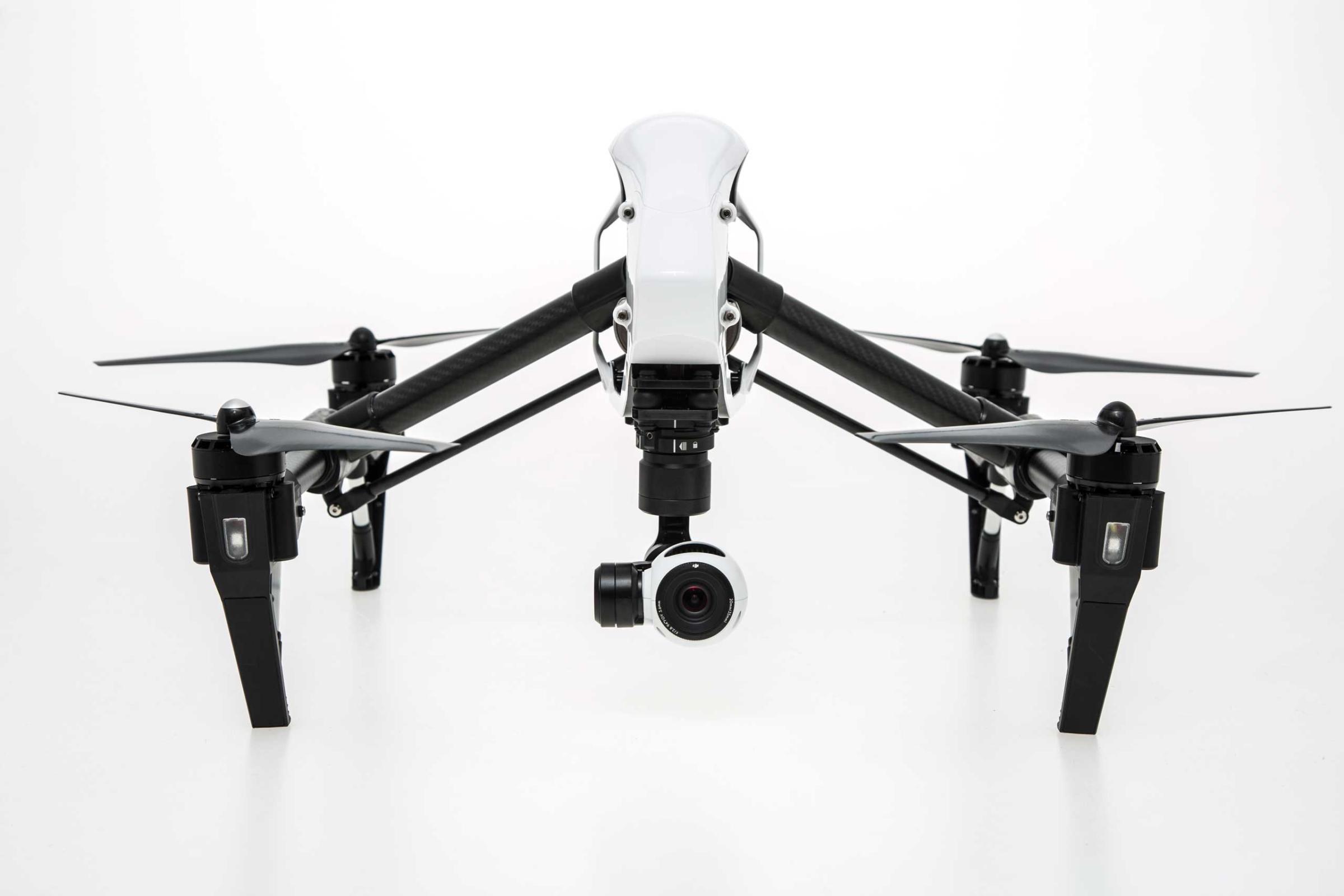
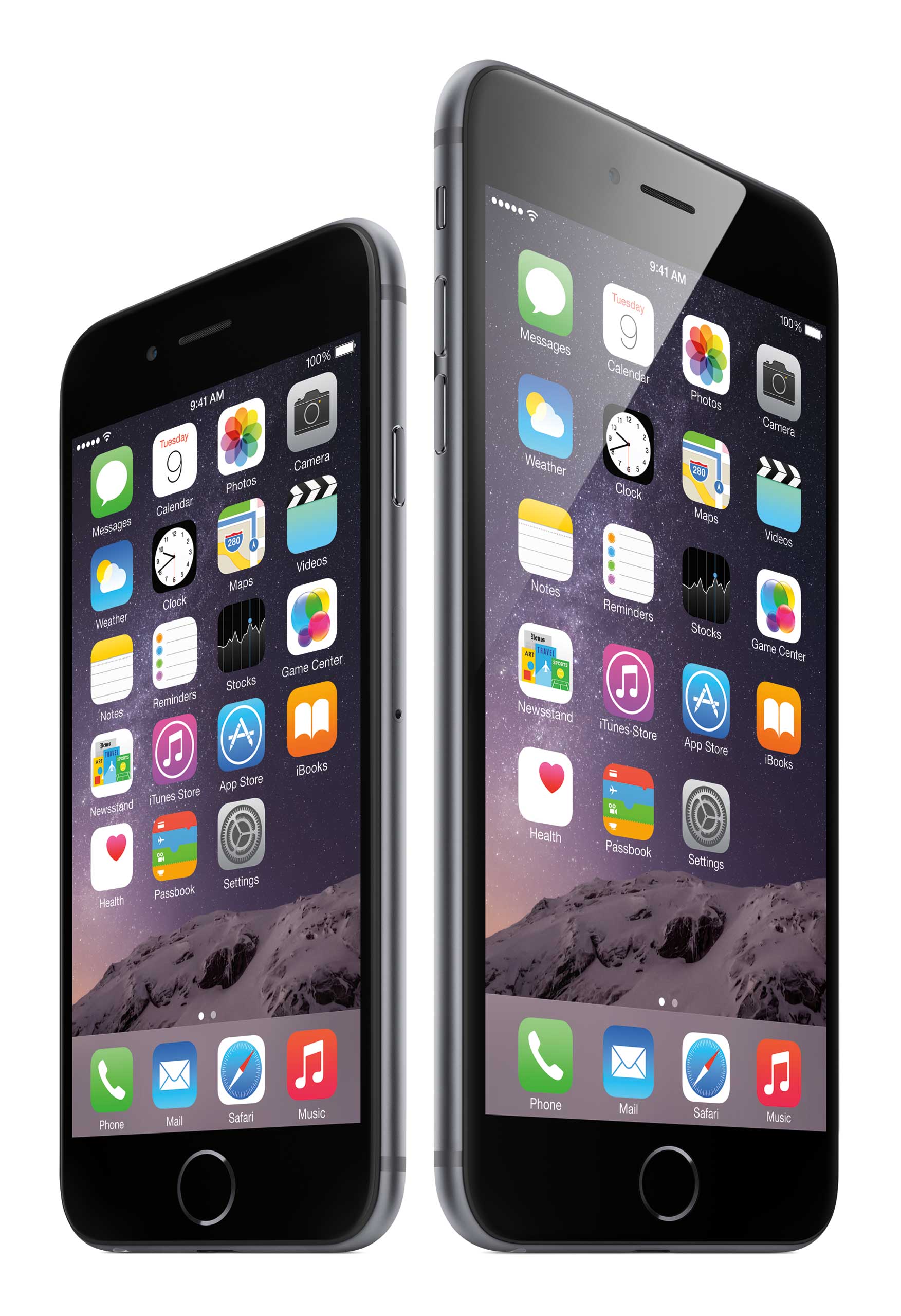
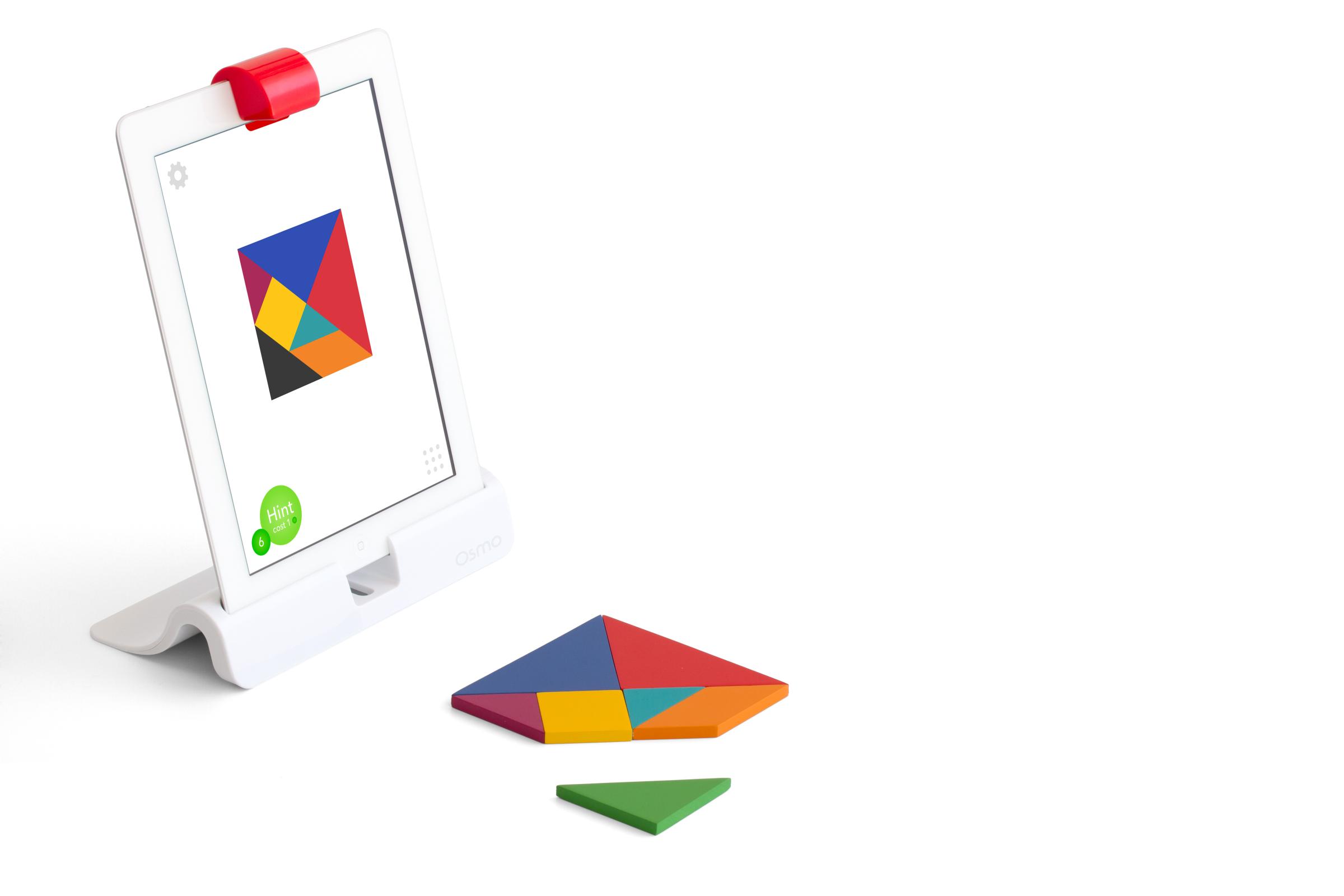

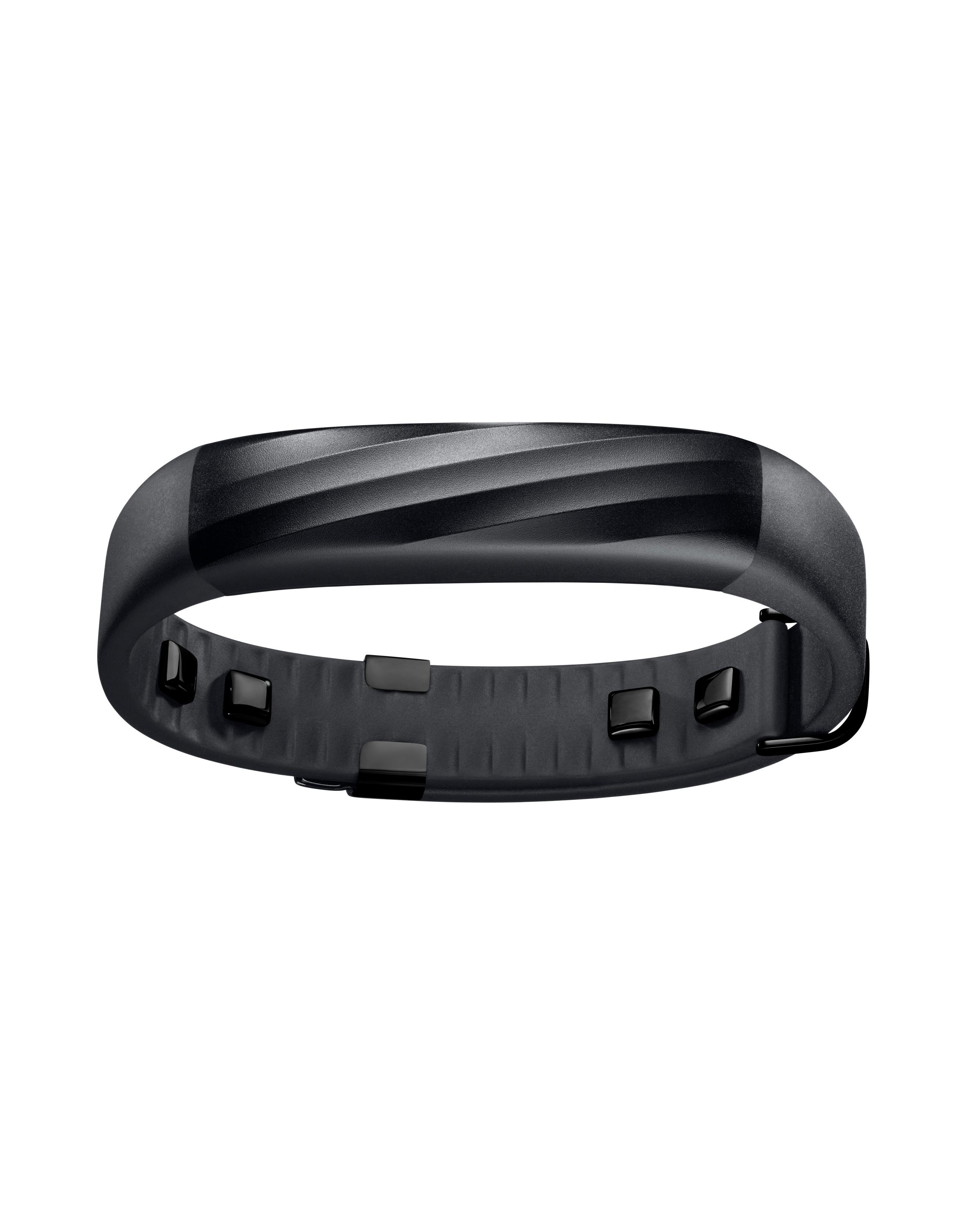
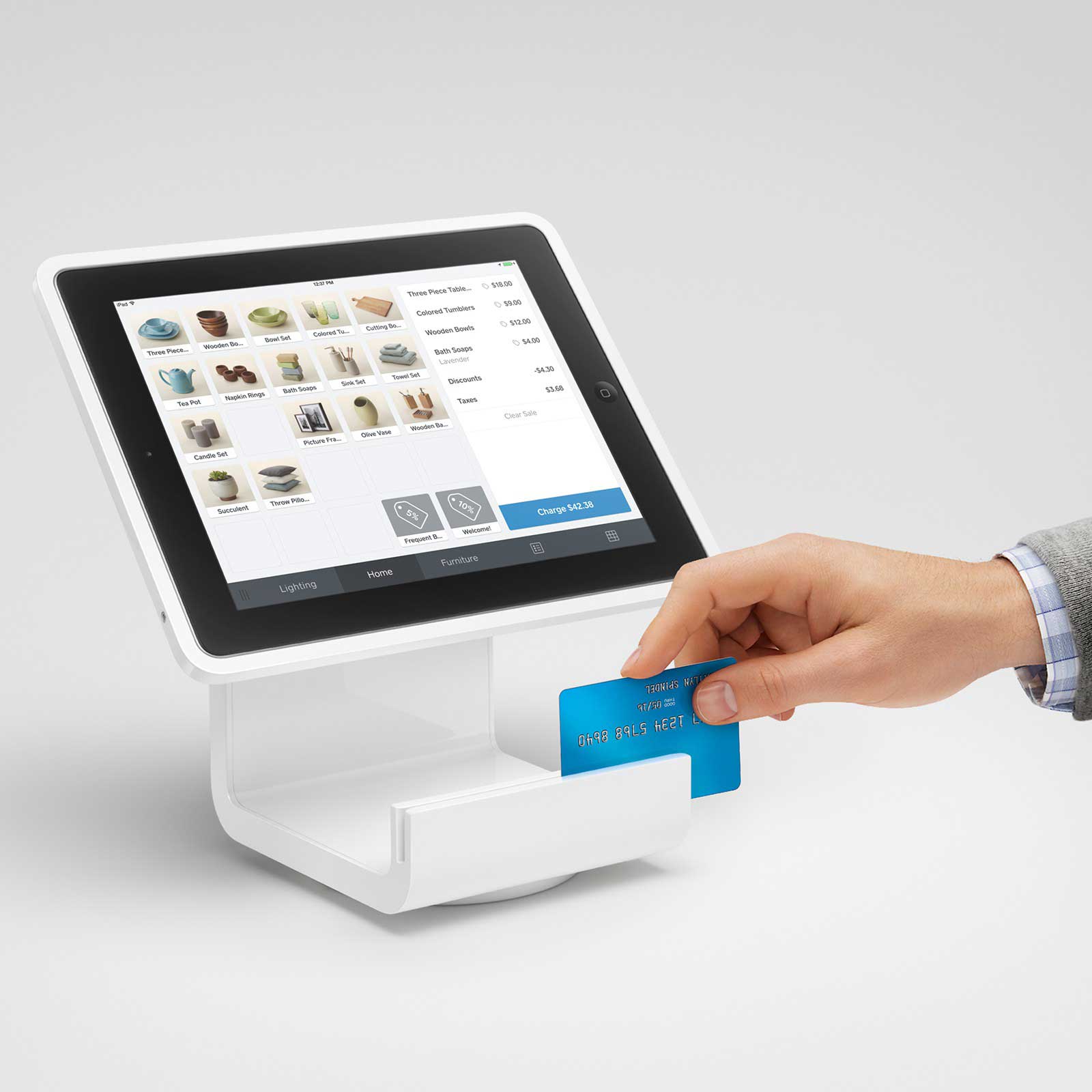

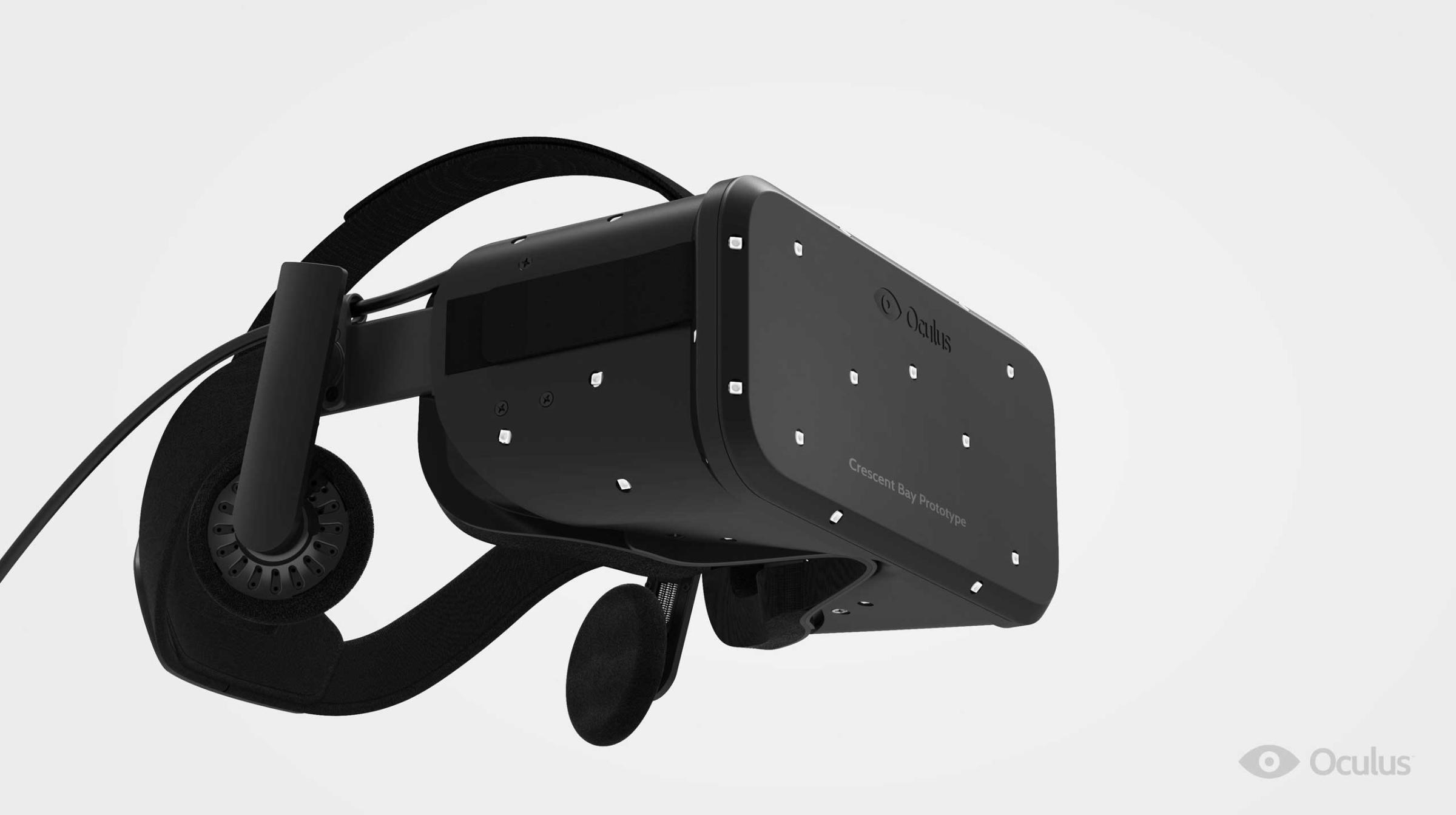

Tim Bajarin is recognized as one of the leading industry consultants, analysts and futurists, covering the field of personal computers and consumer technology. Mr. Bajarin is the President of Creative Strategies, Inc and has been with the company since 1981 where he has served as a consultant providing analysis to most of the leading hardware and software vendors in the industry.
More Must-Reads from TIME
- Breaking Down the 2024 Election Calendar
- How Nayib Bukele’s ‘Iron Fist’ Has Transformed El Salvador
- What if Ultra-Processed Foods Aren’t as Bad as You Think?
- How Ukraine Beat Russia in the Battle of the Black Sea
- Long COVID Looks Different in Kids
- How Project 2025 Would Jeopardize Americans’ Health
- What a $129 Frying Pan Says About America’s Eating Habits
- The 32 Most Anticipated Books of Fall 2024
Contact us at letters@time.com